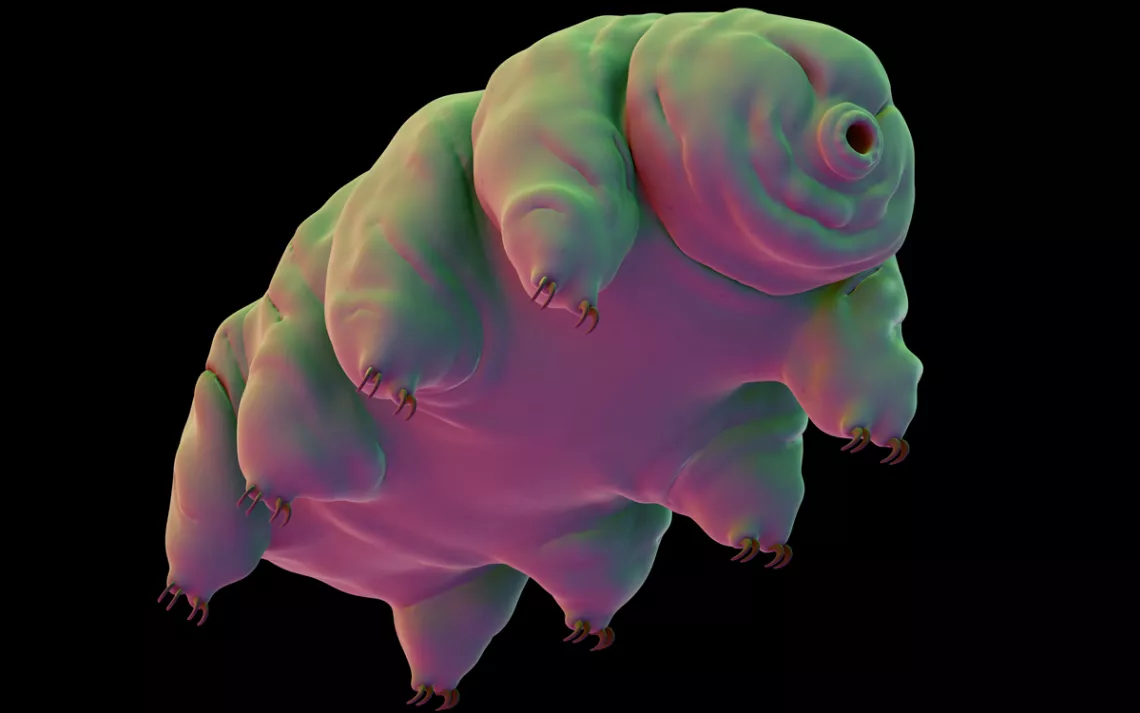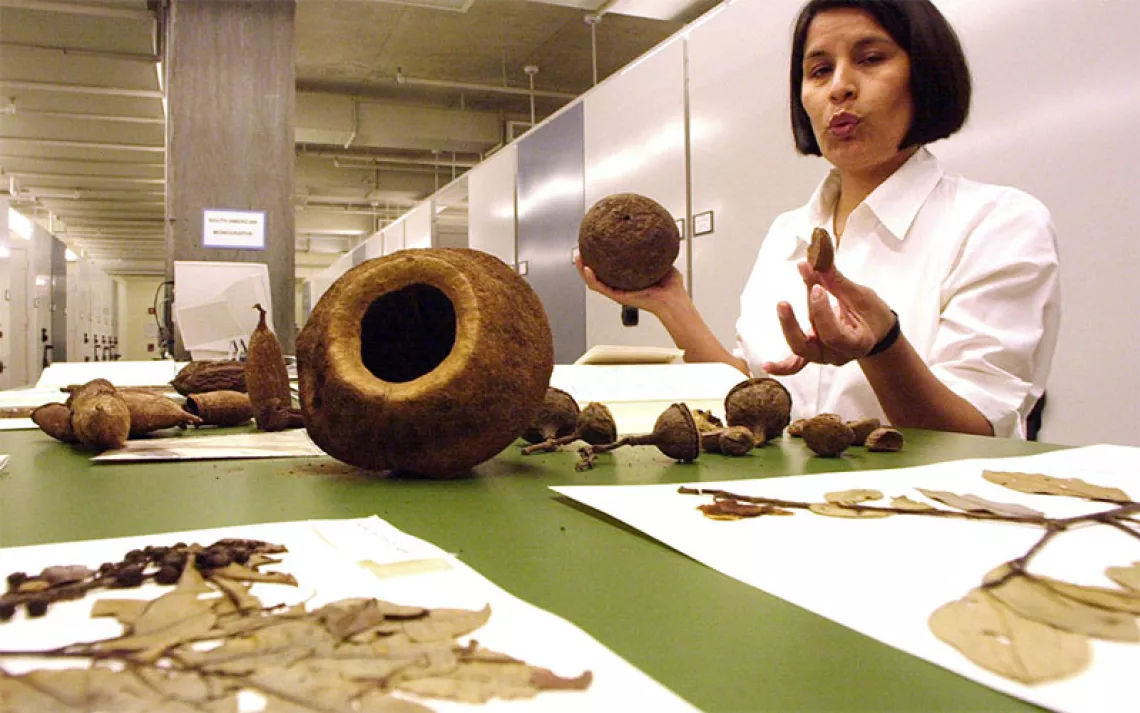It’ll Take More Than Climate Change to Kill Off Everything
You’d need to boil the oceans to make water bears go extinct

Photo by IStock | Eraxion
When Avi Loeb and his collaborators decided they wanted to annihilate all life on Earth, they came across a stumbling block: indestructible water bears. In his position as chair of the astronomy department at Harvard University, considering the human habitability of the universe is part of Loeb’s job description. But this time, he and two physicist colleagues at Oxford, David Sloan and Rafael Alves Batista, sought something more fundamental: What would it take to snuff out all life on an Earth-like planet? Their conclusions, recently published in Scientific Reports, take your garden-variety environmental disaster scenario and dial the volume up to 11.
Terrestrially, the questions aren’t untimely. Species annihilation is on the tip of many tongues these days. In a piece for New York magazine earlier this week, David Wallace-Wells outlined a series of climate-change doomsday scenarios in which unabated global warming begets untreatable plagues, total economic collapse, near-perpetual war, and oceans that leak hydrogen sulfide gas—what Wallace-Wells dubs “the planet’s preferred gas for a natural holocaust.” While some climate scientists have questioned the apocalyptic vision of the New York article, a central truth remains: Humans are exceedingly sensitive to climatic changes.
We have a pretty good idea of what could get rid of humanity. “If the climate changes, if temperatures become much more extreme or there are catastrophic climate events, that could kill humans,” says Loeb. An asteroid could collide with Earth and create a nuclear winter. Hair-trigger geopolitics could spark nuclear war. “That’s why we need to worry about changes in the conditions on Earth,” says Loeb. “That’s why we need to worry about politics.”
But in their study—which, in case it wasn’t clear, is a work of theoretical physics and statistics, not experimentation—the team found that the energy required to kill everything off is breathtakingly enormous and highly improbable. “Even the complete loss of the atmosphere would not have an effect on species living at the ocean’s floor,” the study states. “The impact of a large asteroid could lead to an ‘impact winter,’ in which the surface of the planet receives less sunlight and temperatures drop. This would prove catastrophic for life dependent on sunlight, but around volcanic vents in the deep ocean, life would be unaffected.”
That’s where the water bears come in. The microscopic animals, also called tardigrades, are nature’s Nokia brick phones. Ecologically, they’re a 530-million-year-old phylum of mostly plant and bacteria eaters that prefer moist environments like water films on mosses (which has earned them the common name “moss piglets”). Tardigrades often serve as pioneer species of harsh environments—and they’re virtually indestructible. They can survive in space, withstand the pressure at the bottom of the Marianas Trench, and endure temperatures 300 degrees Fahrenheit above and below zero. You can irradiate a water bear with hundreds of times the amount of ionizing radiation it takes to kill a human and the thing will not die. Extreme dehydration? They turn into glass. Some scientists attribute their hardiness to proteins like Dsup, which protects against radiation stress.
But Loeb and his colleagues were intent on killing everything, moss piglets and all, and so the team had no choice: They had to boil the oceans.
Water bears will only become extinct if the oceans completely boil off (or if the sun collapses and Earth freezes). But to introduce enough energy to boil the oceans, you’d need an asteroid that weighs 10^18 kilograms to ram into the planet. (For reference, Pluto is around 10^22 kilograms.) The chance of an asteroid this large colliding with Earth is less than one in a million over the lifetime of the planet. The expected number of nearby supernovas, too, only suggests a rate of around one expected catastrophic supernova event per hundred billion years. Not bad odds if you’re a moss piglet.
Which suggests that while we’re cooking ourselves, they’re here to stay. What started as a thought exercise ends as a reminder of just how resilient some forms of life can be. “Life is a sticky phenomenon,” says Loeb. “Once you establish life on a planet like Earth, it seems to stay there.”
 The Magazine of The Sierra Club
The Magazine of The Sierra Club



